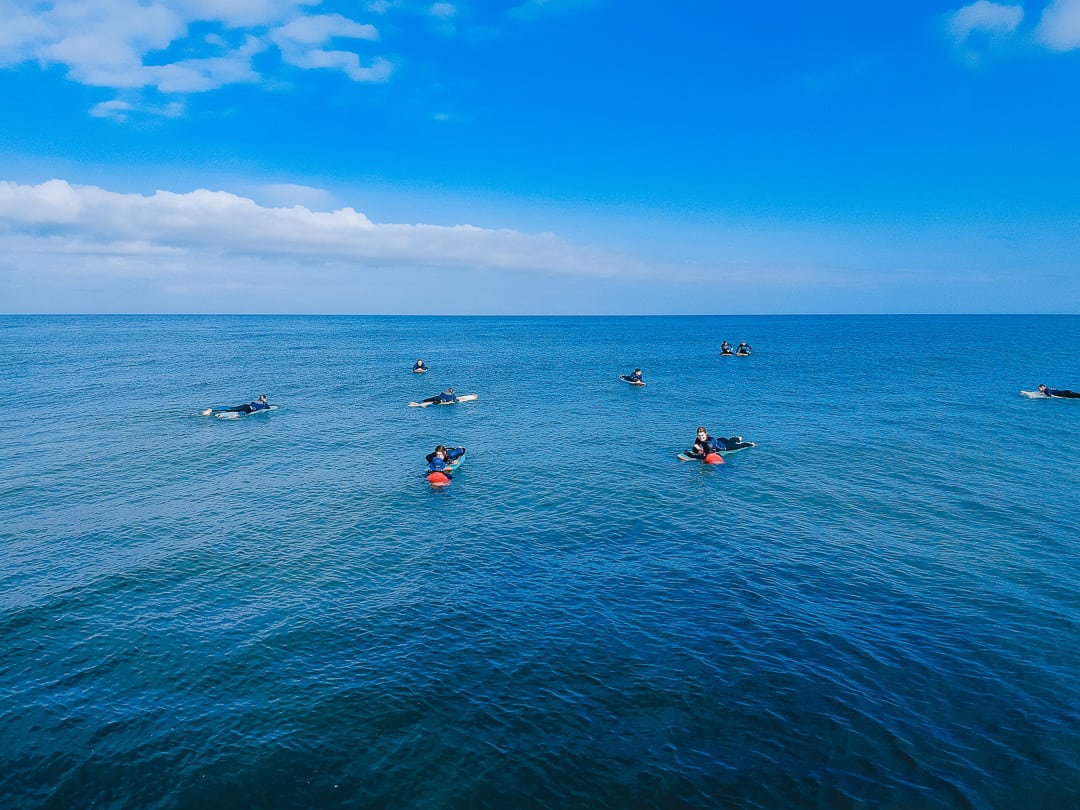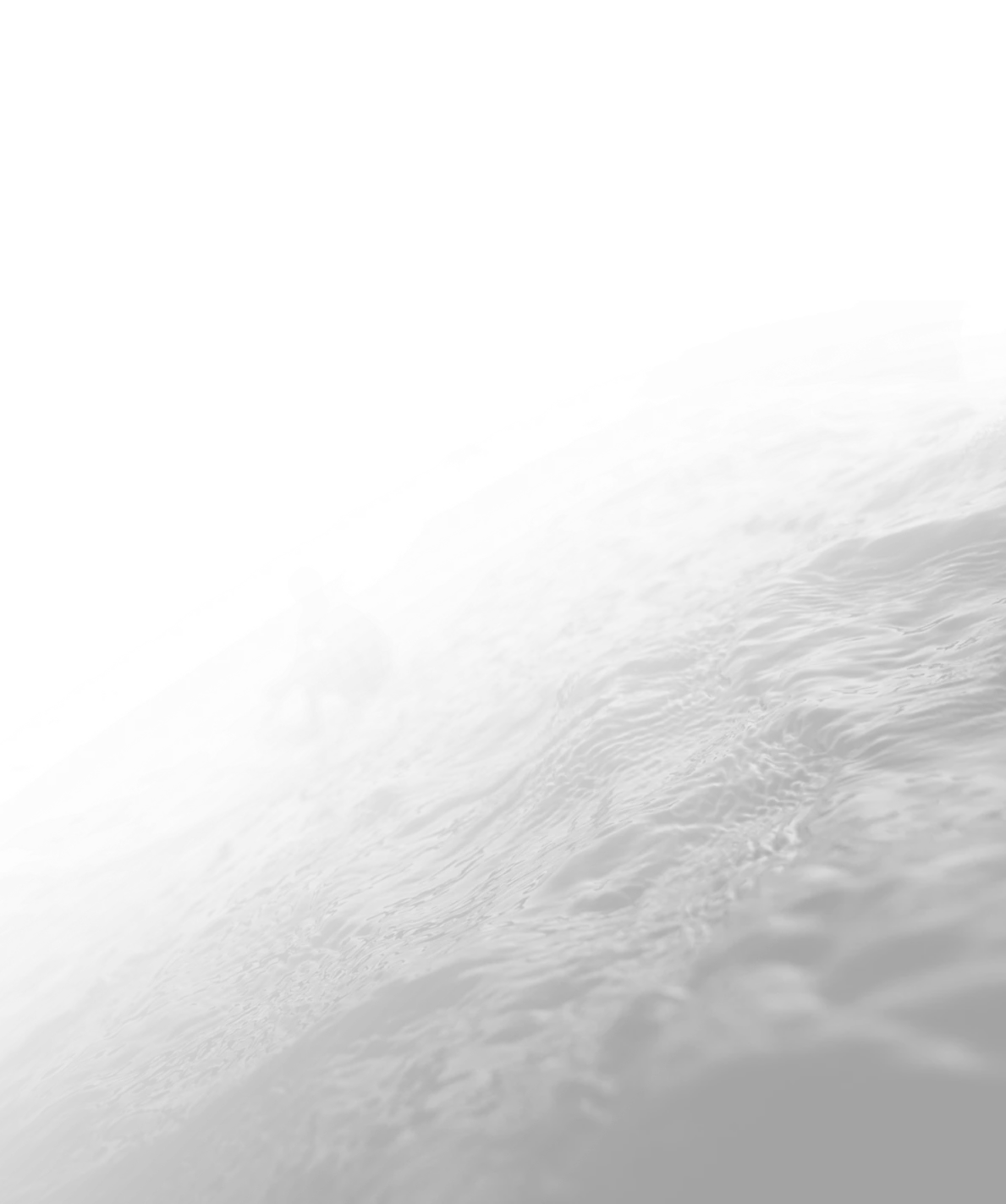Surfing goes beyond being a mere sport; it becomes a lifestyle for those who seek the excitement of riding waves and connecting with the ocean’s dynamic energy. Whether you’re an advanced surfer or just embarking on your surfing journey, mastering the art of understanding surf reports is crucial to enhance your experience in the waves.
In this comprehensive guide, we’ll delve into the intricate world of surf forecasting, unravelling the terminology and critical factors that determine the ideal conditions for catching those elusive perfect waves.
Breaking Down the Basics of Surf Reports and Forecasts
To begin, let’s explore how to read a surf report. Surf reports, available on dedicated websites, provide essential information such as wave height, wind direction, swell period, and more. These reports help surfers determine the best waves and surf spots.
For instance, a surf report might indicate a primary swell of 7/22–54 with a secondary swell of 2/9–20, indicating the wave’s size and the arrival time of different swells. The report may also highlight crucial details like wind speed, onshore or offshore winds, and tide ranges, all of which significantly influence surf conditions.
Understanding the details in surf forecasts is essential. Forecasting sites provide valuable insights into the upcoming surf conditions, including wave height, wind swell, tide changes, and the overall outlook for a particular surf break. Surf forecasting is a complex science that combines factors like swell height, swell period, wind direction, and tide range to predict the quality of waves at a specific surf spot.
Key Terms in Learning How to Read a Surf Forecast
When reading a surf report, there are several key elements to consider:
1. Wave Height
This is the measurement of a wave’s vertical distance from its trough to its crest. Wave height directly affects the quality and power of the waves. Surf reports typically display wave height in feet or meters.
2. Swell Direction
Swell direction indicates the direction from which the waves are coming. It plays a significant role in the way waves break and the overall shape of the waves. Waves that align well with the shape of a particular surf spot tend to create better surfing conditions.
3. Swell Period
Swell period refers to the time interval between successive waves. A longer swell period often indicates more powerful and consistent waves. Short period swells, on the other hand, can result in choppier and less organized surf.
4. Wind Direction
Wind direction is a critical factor that can either enhance or hinder wave quality. Offshore winds, blowing from the land toward the ocean, groom the waves and create clean conditions. Onshore winds, blowing from the ocean toward the land, tend to create messy and choppy waves.
5. Tide Range
The difference between high and low tides affects the shape and behavior of waves. Some surf spots work best during specific tide ranges, so understanding the tide schedule can greatly impact your session’s success.
6. Swell Height
Swell height is the vertical distance between the trough and crest of a swell. It contributes to wave size and power, with higher swell heights often resulting in larger and more powerful waves.
7. Wind Swells
Wind swells are waves generated by local winds. They tend to be shorter in period and less organized than ground swells, which originate from distant storm systems.
8. Ground Swell
Ground swells are waves generated by distant storms. They have longer periods and tend to produce more consistent and powerful waves, making them highly desirable for surfing.
9. Offshore Winds
These are winds that blow from the land toward the ocean. Offshore winds groom the waves, creating clean and well-defined wave faces.
10. Onshore Winds
Onshore winds blow from the ocean toward the land. They tend to create messy and choppy waves, making conditions less ideal for surfing.
11. Swell Period
Swell period is the time it takes for successive waves to pass a specific point. A longer swell period usually indicates more powerful and consistent waves.
12. Primary Swell
The dominant swell direction and period that contributes the most significant waves at a particular surf spot.
13. Secondary Swell
Additional swell directions and periods that influence wave conditions, often resulting in variations in wave size and quality.
14. Swell Periods
Different swells can have varying periods, indicating the time interval between successive waves.
15. High Tide
High tide occurs when the ocean surface reaches its highest point along the shoreline. Depending on the surf break, high tide can create different wave behaviours.
16. Low Tide
ow tide is the opposite of high tide, occurring when the ocean surface is at its lowest point along the shoreline. Like high tide, low tide can also affect wave behaviour.
17. Local Surf Spots
These are specific areas where surfers gather to catch waves. Local knowledge about a surf spot’s characteristics, such as sandbars, reef breaks, and wind patterns, can greatly enhance your surfing experience.
18. Wind Forecast
A prediction of wind conditions for a specific period. Favourable wind direction is critical for creating clean and organized waves.
Decoding Surf Forecast Terminologies
Navigating surf forecasting terminology can feel like deciphering a secret code, but once you understand the language, you’ll have the insights needed to make informed decisions about when and where to surf.
As you become fluent in the language of surf reports, you’ll uncover the hidden tales of surf breaks, recognize the potential for powerful waves propelled by strong offshore winds, and discern the perfect timing for surfing amidst summer swells.
Once you have a grasp of the fundamental components of a surf report and surf forecasting terminology, let’s dive into what makes a day truly exceptional for surfing.
Wave Height
The average wave height should be within your comfort level. For beginners, smaller waves are often more manageable, while advanced surfers may seek larger, more challenging waves.
Swell Direction
The swell direction should align with the shape of the surf break. A good swell direction contributes to the formation of quality waves that peel smoothly along the surf spot.
Swell Period
Longer swell periods indicate more powerful and consistent waves. Aim for days with longer swell periods to enjoy a continuous set of waves.
Wind Conditions
Look for days with offshore winds or light and variable winds. Offshore winds create clean wave faces, making it easier to catch and ride waves.
Tide
Depending on the surf break, different tides may be optimal. Some spots work better during low tide, while others come alive during high tide. Understanding the tide range for a particular surf spot can significantly impact your experience.
Local Knowledge
Talk to local surfers or check out surf forecast websites to gather insights about the best days and times to surf at a particular surf spot. Local knowledge is invaluable for finding the sweet spot between crowd size and wave quality.
Ground Swell
Days with ground swells, especially long period swells, usually result in quality waves that are consistent and powerful. Keep an eye out for ground swells when planning your surf sessions.
Wind Swells
While ground swells are ideal, a mix of ground swell and wind swell can still create fun and surfable waves. Consider the overall wave conditions, even when wind swells are present.
Wind Speed
Light to moderate wind speed is preferable, as excessive winds can create choppy and messy wave conditions.
Time of Day
Early morning and late afternoon are often the best times to surf. During these hours, wind conditions tend to be more favorable, and the quality of the waves is often at its peak.
Remember, every surf spot is unique, and what makes a great day for surfing may vary from one spot to another. A strong offshore wind that blows perfectly at one local beach may not be suitable for another surf break with reef breaks. Understanding the dynamics of each particular surf spot and staying updated with surf reports and forecasts will empower you to seize those magical moments when the waves are just right.
As you embark on your surfing adventures, honing your ability on how to read a surf report and interpret surf forecasts will become second nature. Embrace the learning process and enjoy the journey of deciphering the ocean’s secrets. Remember that practice, observation, and time in the water will enhance your understanding of surf conditions and contribute to your growth as a surfer.
Whether you’re chasing powerful waves at a remote surf spot or enjoying a session at your local beach break, the ability to read a surf report and recognize the factors that make a great day to surf will undoubtedly elevate your surfing experience.
So, keep an eye on the swell direction, wave height, tide range, and wind conditions, and get ready to ride the waves of adventure and discovery. May every day you spend in the water be filled with quality waves and unforgettable moments, making your surfing journey truly extraordinary.
Looking for a surf camp to learn surfing? Learn with ISA-certified instructors at Rapture Surfcamps!
Book your surf lessons with us today!
Hear What Rapture Surfcamps’ Guests Have To Say:
FAQs
Reading a surf report provides valuable information about wave conditions, helping surfers make informed decisions about when and where to surf for a safer and more enjoyable experience.
A typical surf report includes information on wave height, swell direction, period, wind conditions, and tide. These elements collectively offer insights into the overall surf conditions.
Wave height is the measurement of a wave from its trough to its crest. It gives an indication of the size of the waves. The larger the wave height, the more challenging the conditions may be.
Swell direction indicates the origin of the waves. It helps surfers understand how waves will approach the coast and impact specific surf breaks.
Swell period refers to the time between successive waves. A longer swell period generally produces more powerful and consistent waves, providing better surfing conditions.
Wind greatly influences the quality of waves. Offshore winds (blowing from the land to the sea) are generally favourable, while onshore winds (blowing from the sea to the land) can create choppy and less desirable surfing conditions.
Tides influence the depth of the water and the shape of the waves. Some surf breaks work better at high tide, while others are ideal during low tide. Knowing the tide conditions helps surfers choose the right time to surf a particular spot.
Regularly checking a surf report is essential, especially if you’re planning a surf session. Conditions can change throughout the day, and staying updated ensures you choose the optimal time for your surf.
It’s recommended to cross-reference information from multiple sources, including surf reports from reliable websites, local knowledge, and visual observation at the beach. Combining these sources provides a more comprehensive understanding of conditions.
Yes, there are several apps and websites dedicated to surf forecasting, offering real-time updates, live webcams, and detailed reports. Popular platforms include Surfline, Magicseaweed, and SwellWatch.


